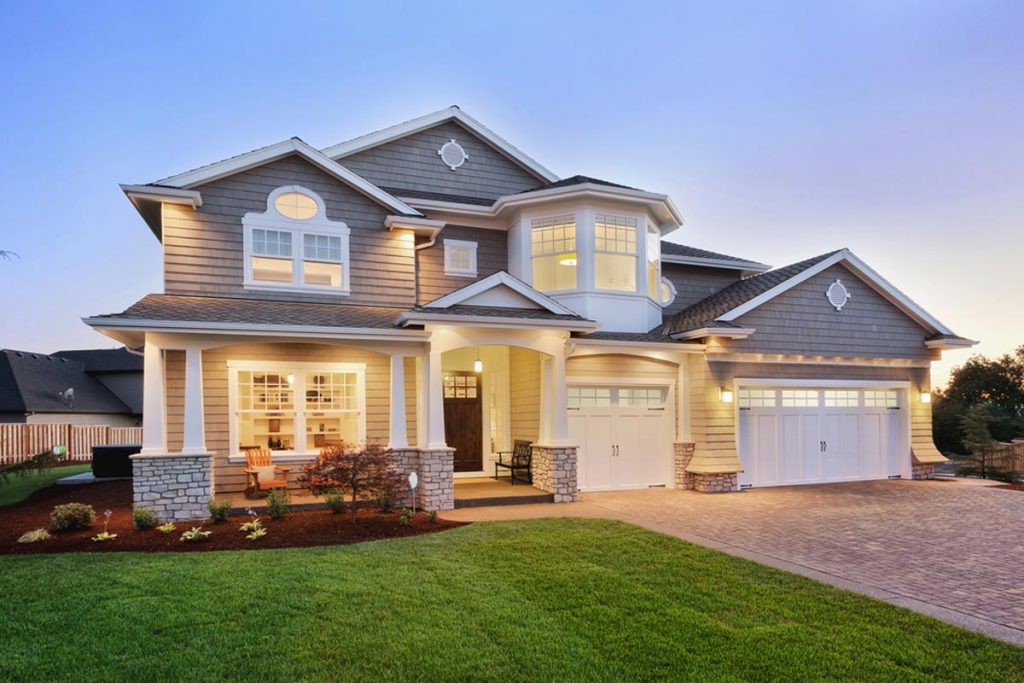This article was authored in partnership with wikiHow, the world’s largest “how to” site, and also featured on the wikiHow website.
If you’re waking up feeling blue every morning, take a look at your bedroom walls—the shade of your paint might be bringing you down! While more research is needed to fully understand the links between color and mood, color theory suggests that carefully selecting the color scheme for your home can positively impact your mental health and well-being. In this article, we’ll review the supposed psychological qualities of each color and which rooms they’re best suited for, plus dive into the benefits of color theory for your overall well-being.
Things You Should Know
- Bright, warm colors (reds, oranges, yellows) stimulate energy and happiness while cool, subdued colors (blues, greens, purples) are soothing and calming.
- Bright, warm colors are best in rooms for entertaining like dining rooms or kitchens, while cool colors work best in relaxing spaces like bedrooms or even bathrooms.
- Color psychology (using colors to influence your mood and behavior) is a new science, and there’s some evidence it helps reduce stress, improve sleep, and more.
Mood Impact By Color
Can Color Really Affect Your Mental Health?
According To Color Theory, Colors Can Soothe Emotional Problems.
Also known as chromotherapy or color healing, color theory suggests that specific colors and their frequencies have a physiological and psychological impact on your feelings and behavior. For example, a stressed or angry person might expose themselves to the color blue to calm down and lower their heart rate, while a person with depression may look at reds and yellows to increase their energy.
- Color psychology works through simple exposure (for example, surrounding yourself with orange to increase your energy). In a guided therapy session, a practitioner may use projectors or special light bulbs to isolate specific wavelengths of colored light.
- Color theory has existed in some form or another since the time of the ancient Egyptians. It may also have roots in Eastern healing practices like balancing chakras, where each chakra (pools of energy inside the body) is associated with a different color.
There’s Some Evidence Color Theory Works, But More Research Is Needed.
There aren’t many clinical studies that prove the effectiveness of color psychology, and the ones that exist are somewhat inconclusive. In one experiment, for example, the color blue was shown to tangibly reduce stress in participants who looked at it during a guided relaxation session. However, a control group that was exposed to white and guided through the same session also showed decreased stress. This shows that the placebo effect may play a large role in the effectiveness of chromotherapy.
- Essentially, if you believe that a color will calm you down or energize you, chances are that it actually will because you’re mentally primed to expect a result.
- While there are some “universal truths” about how certain colors affect the brain and body, each person’s response to a color may be different based on their experiences and cultural background.
- In general, color psychology hasn’t been proved to be more or less effective than other forms of mood regulation, like meditating or journaling.
Benefits Of Color Psychology
Better Stress Management And Reduced Anger
Wearing or surrounding yourself in colors that calm and relax you makes it easier to cope with stress and work through feelings of aggression. When your environment makes you feel happy, energetic, and motivated, you’re less likely to be triggered by inconveniences, stressors, or negative feelings.
- Just a few brightly colored accessories or pops of color throughout your home are enough to elevate your mood.
Decreased Symptoms Of Seasonal Affective Disorder (SAD)
Through exposure to bright, cheery colors during dark winter months, a person may feel more warmth and comfort in their home. This combats the low-energy, depressing mood some people feel during winter, when the days are shorter and exposure to natural colors like blues, greens, and yellows is limited. Some studies suggest these brighter colors can actually elevate your dopamine levels.
Improved Sleep
Exposure to colors can help regulate your circadian rhythm (your body’s internal clock), especially when it’s been affected by depression. This benefit has been studied largely through colored light—exposure to blue and green light is known to make it difficult to fall asleep since those colors are more present in daylight. However, red or amber light has been shown to increase (and possibly stimulate) melatonin production and aid sleep.
- If you’ve ever worn blue light-blocking glasses, you’ve participated in a form of color theory.
Better Energy Regulation
Happy, bright colors can increase your mental activity and leave you feeling rejuvenated and energized. This is especially helpful for those dealing with depression or low energy. Conversely, exposure to dark, somber colors can help bring your energy levels down if you’re feeling overstimulated or frantic.
Improved Communication And Relationships
When a person is surrounded by colors that inspire positive emotions, it makes them more open to socialization and opening up to others. This can deepen that person’s bonds with loved ones and encourage them to go out and meet new people as well. Conversely, being surrounded by dark or muted colors may make a person less communicative.
Tips
- You don’t necessarily need to invest in paint to change up the color scheme of your room. Wall art, pillows, blankets, rugs, and other decorative items all are great ways to incorporate color into a living space.
- Remember that color theory isn’t guaranteed to be effective before spending time and money repainting your home.
- Metallic colors (like gold and silver) and accent pieces are stylish ways to promote excitement or creativity. Place metallic decor in any room where you need a bit more energy.


